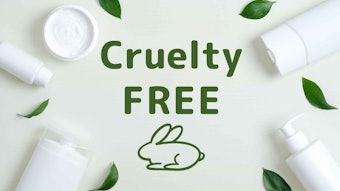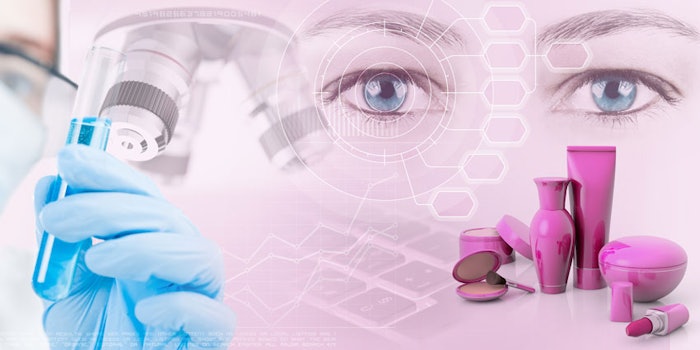
In a major international effort to outline overarching tenets toward the animal-free safety testing of cosmetics, scientists at the European Commission's (EC's) Joint Research Center (JRC) have compiled nine principles for new and emerging alternative safety assessment methods for cosmetics.
As explained by a European Commission update, animal testing for the safety assessment of cosmetic ingredients and products is banned in the European Union (EU); it is also making waves across the pond in several U.S. states and in China's underlying pre-market testing requirements. Of course, the safety of cosmetics still must be ensured, so new methods and strategies are required. Emerging methodologies include in vitro testing in cell lines or 3D organs, combined with computational modelling.
Overarching Tenets to Non-animal Testing
Taking a proactive approach, the JRC's international working group from the EU, Brazil, Canada, Japan and United States has outlined nine overarching principles to underpin the integration of novel methods and data for the safety assessment of cosmetic ingredients. These include the following.
- The overall goal is human safety risk assessment;
- The assessment is exposure-led;
- The assessment is hypothesis-driven;
- The assessment is designed to prevent harm;
- A tiered and iterative approach will be used;
- The assessment will follow an appropriate appraisal of all existing information;
- The assessment will use robust and relevant methods and strategies;
- The logic of the approach should be transparently and explicitly documented; and
- Sources of uncertainty should be characterized and documented.
The first four principles ensure the methods used are relevant to assess effects on human health, with the overall goal to prevent harm. "A hypothesis on the biological mechanisms of the effects should lead the evaluation, as well as considerations of the way, duration and frequency of the exposure to the substance," the EC explained.
"The cosmetics sector has a unique opportunity to lead progress in chemical safety assessment."
-European Commission
The other five principles describe how assessments should be conducted and documented. Further, as the commission explained, these methods are being developed with a higher relevance to humans, compared with animal tests, ensuring better protection for human health.
The EC observed, "These guidelines are in line with a general shift in toxicology from testing in whole organisms as a 'black box,' toward understanding the mechanisms behind adverse effects, allowing for a more informed and targeted evaluation of chemicals."
The JRC working group is part of the International Cooperation on Cosmetics Regulation (ICCR), which discusses common issues on cosmetics safety. Its 15 members include individuals from the Brazilian Association of the Cosmetic, Toiletry and Fragrance Industry (ABIPHEC); the U.S. Personal Care Products Council (PCPC); Johnson & Johnson Santé Beauté France; Unilever; the Japan Cosmetic Industry Association (JCIA); the National Institute of Health Sciences, Japan; Kao Corporation; Proctor and Gamble; Clariant Produkte (DE) GmbH; the U.S. Food and Drug Administration Office of Cosmetics and Colors; European Commission Joint Research Centre; Cosmetics Europe; Health Canada (HC); and the Independent Cosmetic Manufacturing and Distributors (ICMAD) group.
Methods in Motion
To provide additional guidance to safety assessors, the working group issued a second report describing examples of existing alternative methods with their strengths and limitations, illustrating how they can be used in the cosmetic safety evaluation process.
Examples include: read-across, exposure-based waiving, in silico tools, metabolite identification, physiologically based kinetic modeling, in chemico tools, 'omics, reporter gene assays, in vitro pharmacological profiling, 3D culture systems, organ-on-chips, zebrafish larvae assays, pathways modeling and human studies. See the full report for more details on methods and their assessed utility.
Regarding these moves toward animal-alternative assessment, the EC noted, "The cosmetics sector has a unique opportunity to lead progress in chemical safety assessment."




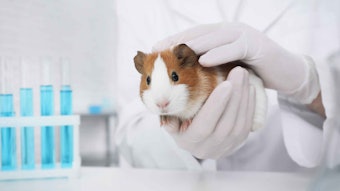

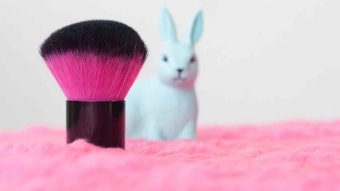
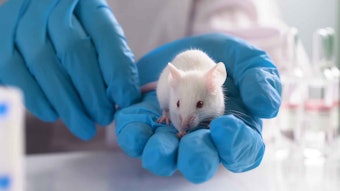
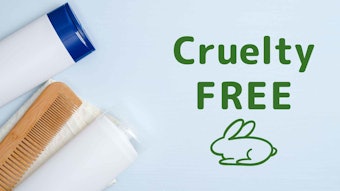
![A 2019 petition to the House of Commons stated, 'We, the undersigned residents of Canada, draw the attention of the House of Commons ... [that] animal testing is unnecessary to prove the safety of cosmetic products.'](https://img.cosmeticsandtoiletries.com/files/base/allured/all/image/2023/01/animal_testing_ban_canada_dreamstime_m_215632720.63d313232306d.png?auto=format%2Ccompress&fit=crop&h=191&q=70&rect=0%2C73%2C1800%2C1013&w=340)
